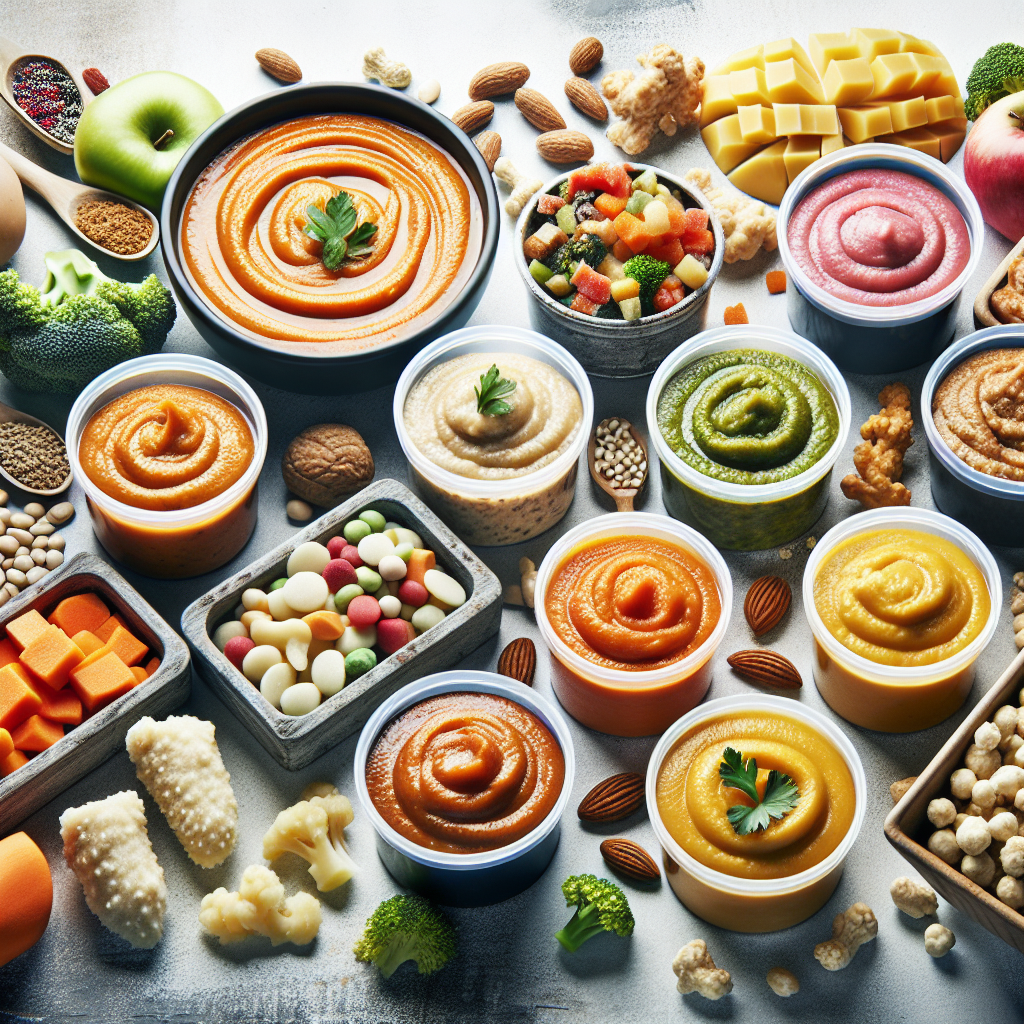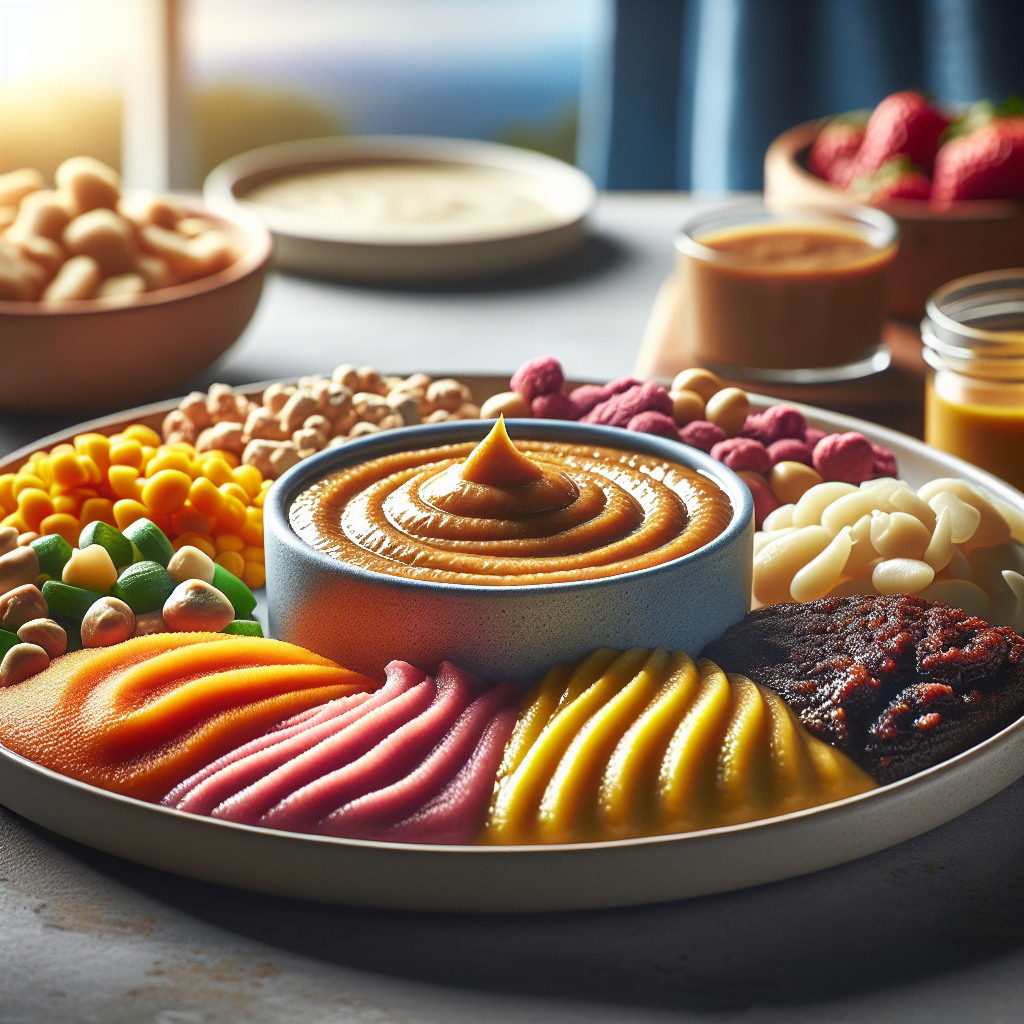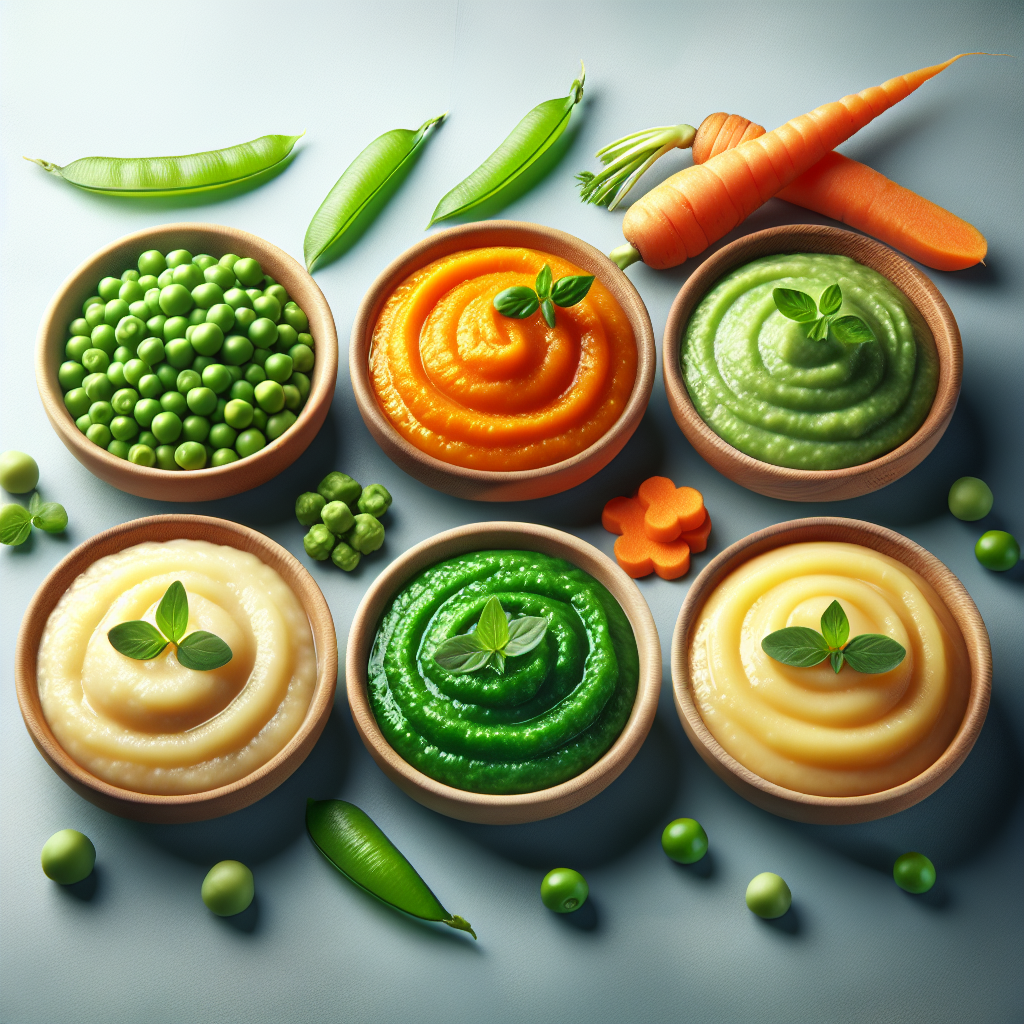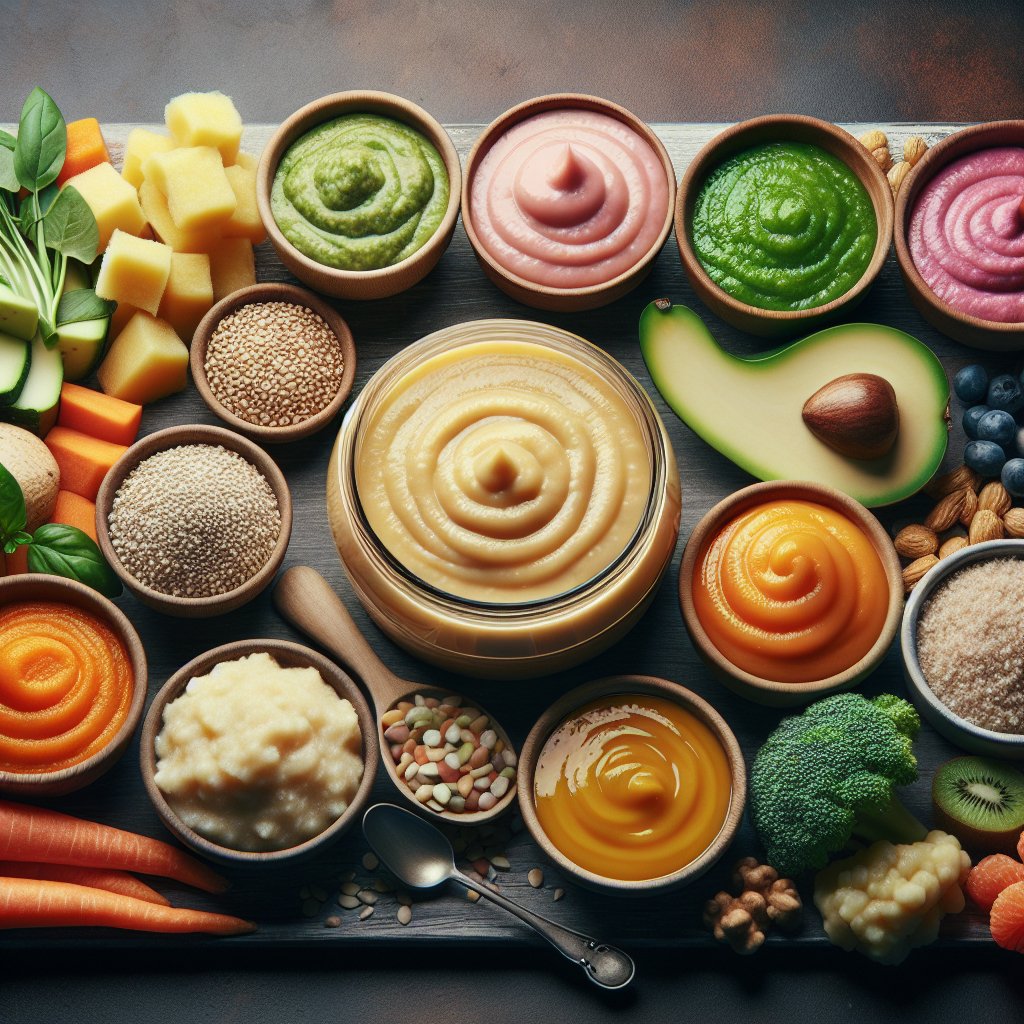Embarking on the journey of preparing pureed food for adults can be an act of love and care, especially when catering to individuals with swallowing difficulties or those who require special dietary consistency. This process involves transforming solid foods into a smooth, creamy consistency, making it easier to eat and digest. Pureed foods are not only essential for certain medical conditions but can also be a delightful culinary experience when prepared thoughtfully and with attention to flavor and nutrition.
Why is pureed food necessary? Often, adults may require pureed foods due to conditions such as dysphagia, a term for swallowing difficulties, or after surgeries that affect the mouth or gastrointestinal tract. It's also common in elderly individuals who may have lost some of their ability to chew or swallow solid foods safely.
At Cart Health, we understand the importance of having access to the right tools and ingredients to make nutritious and appetizing pureed meals. Whether you're a caregiver, health professional, or someone seeking to create these meals at home, we're here to support you. Order online here for convenient shopping and doorstep delivery, ensuring you have everything you need to make pureed food that is both delicious and nutritious.
Understanding the Need for Pureed Diets

Pureed diets are often recommended for adults who face challenges with regular food textures due to various health conditions. Understanding the need for a pureed diet is pivotal in ensuring the person receives adequate nutrition and enjoys mealtime despite their restrictions. Conditions such as stroke, cerebral palsy, Parkinson's disease, and complications from dental work can make chewing and swallowing difficult or even dangerous, leading to a risk of choking or aspiration pneumonia.
The texture of pureed food reduces the need for chewing and makes swallowing easier and safer. This diet is also beneficial for individuals who have had gastrointestinal surgery or who experience severe reflux and need soft, easily digestible meals. For these individuals, the goal is to provide meals that are not only safe but also nutritionally balanced and palatable.
It's important to remember that the transition to a pureed diet doesn't mean compromising on taste or variety. With careful planning and the right techniques, pureed foods can be flavorful and provide a wide range of nutrients necessary for health and well-being, ensuring that those on a pureed diet can still enjoy satisfying and nourishing meals.
Selecting the Right Ingredients for Pureeing
Selecting the right ingredients for pureeing is a crucial step in how to make pureed food for adults that is both nutritious and enjoyable. The ideal ingredients are those that naturally have a soft texture or can be easily cooked to softness, such as ripe fruits, cooked vegetables, tender meats, and cooked grains. Steaming or boiling can be effective cooking methods to achieve the desired consistency.
When preparing ingredients, it's essential to consider their nutritional value, ensuring that the pureed food provides a balanced mix of proteins, carbohydrates, fats, vitamins, and minerals. Incorporating a variety of colors and flavors also helps in creating appealing meals, which can have a positive impact on appetite and overall enjoyment.
For those with specific dietary needs or restrictions, it is important to choose ingredients that align with those requirements. For instance, individuals with diabetes may need to focus on low-glycemic index fruits and vegetables, while those with renal issues might need to avoid certain high-potassium foods.
Ultimately, the key is to use fresh, high-quality ingredients that will blend smoothly and offer the best taste and nutrition. By carefully selecting the right ingredients, caregivers and health professionals can prepare pureed meals that are safe, appetizing, and supportive of the individual's health needs.
Step-by-Step Process for Pureeing Meals

The process of pureeing meals can be divided into simple, manageable steps to ensure that the final product is smooth, flavorful, and meets the dietary needs of the individual. Here is a step-by-step guide to follow:
- Prepare the Ingredients: Start by washing and, if necessary, peeling the fruits and vegetables. Cook all ingredients until they are tender. Meats should be cooked thoroughly and be without any crispy or tough edges.
- Chopping: Once the ingredients are cooked, chop them into small pieces to make the blending process easier and more uniform.
- Blending: Place the ingredients into a blender or food processor. Add a liquid such as broth, milk, or cooking water to help achieve the right consistency. Begin blending at a low speed and gradually increase until the mixture is completely smooth.
- Straining: For an extra smooth texture, strain the puree to remove any fibrous or grainy bits that did not blend completely.
- Seasoning: Taste the puree and add seasonings as needed. It's important to remember that some individuals may have dietary restrictions, so always consider any sodium or sugar limitations before adding seasonings.
- Consistency Adjustment: If the puree is too thick, add more liquid in small increments until the desired consistency is reached. Conversely, if it's too thin, more of the solid ingredients can be blended in.
- Serving or Storing: Serve the puree immediately or store it in airtight containers. Proper storage includes refrigerating for short-term use or freezing for longer-term storage. Be sure to label containers with the date and contents.
By following these steps, caregivers and health professionals can craft a variety of delicious and nutritious pureed meals that cater to the needs and preferences of those with swallowing difficulties or who require a pureed diet.
Flavor and Texture: Making Pureed Food Appealing

When it comes to pureed food, maintaining an appetizing flavor and texture is paramount for enjoyment and nutrition. The texture should be smooth and consistent without being too runny or too thick, which can be unappealing or difficult to swallow. Here's how to ensure pureed food is both appealing and palatable:
- Enhance Flavor: Use fresh herbs, spices, and aromatics to infuse the puree with flavor without relying on excessive salt or sugar. Consider the original flavors of the dish and try to replicate them as closely as possible.
- Use Quality Ingredients: The better the ingredients, the better the taste. Starting with high-quality, fresh produce and meats will result in a more flavorful puree.
- Texture Tuning: Achieving the right consistency is a balancing act. Utilize thickeners like potato flakes or pureed rice for a thicker texture, and add broths or milk to thin out the puree if necessary.
- Color Contrast: Eating is a visual experience, so the appearance of the pureed food matters. Use naturally vibrant foods like carrots, peas, or beets to create an appealing color palette.
- Mixing Flavors: Combine different foods to create complex flavors. For instance, apple can complement pork, while basil can enhance the taste of tomato-based purees.
- Temperature: Serving food at the right temperature can greatly affect taste and texture. Some purees are best served warm, while others might be more refreshing when cool.
By focusing on the flavor and texture, caregivers can turn pureed food into a delightful dining experience that ensures those with swallowing difficulties or special dietary needs are still able to enjoy tasty, nutritious meals. This thoughtful preparation can significantly enhance the overall well-being and quality of life for individuals who rely on pureed diets.
Storing and Reheating Pureed Foods Safely

Proper storage and reheating of pureed foods are crucial for maintaining both their nutritional value and food safety. Here are some guidelines to ensure that pureed meals are stored and reheated correctly:
- Refrigeration: Cool pureed foods rapidly before refrigerating to minimize the risk of bacterial growth. Store in airtight containers and use within 1-2 days for best quality.
- Freezing: For longer-term storage, freeze pureed foods in covered ice cube trays or freezer-safe containers. Label them with the date of preparation. Thaw in the refrigerator or use a microwave when ready to serve.
- Reheating: Always reheat pureed foods until they are steaming hot throughout, which means reaching an internal temperature of at least 165°F (74°C) to ensure all bacteria are killed.
- Stirring: Stir the puree while reheating to avoid hotspots that can burn the mouth or uneven temperatures that can harbor bacteria.
- Avoid Repeated Reheating: Reheat only the amount needed at one time. Repeatedly cooling and reheating food can increase the risk of foodborne illness.
Remember, safety is as important as nutrition and taste. By following these storage and reheating tips, caregivers can provide safe, healthy, and enjoyable meals. If you're looking for high-quality containers for storing pureed foods or need other supplies to ensure the safe preparation and serving of meals, order online here for convenient shopping and doorstep delivery! Join the Cart Health family to experience the difference in care and support we offer.









